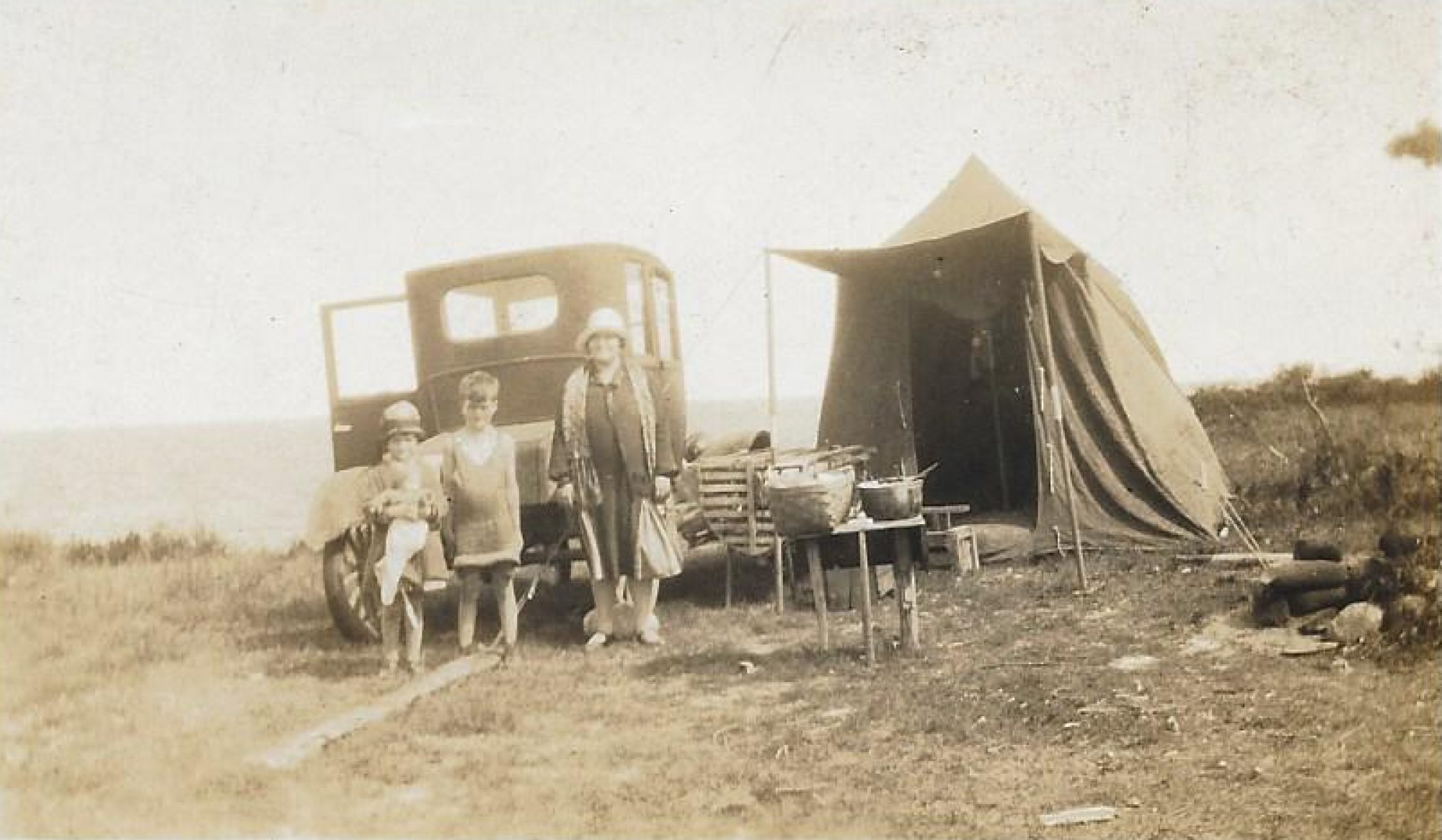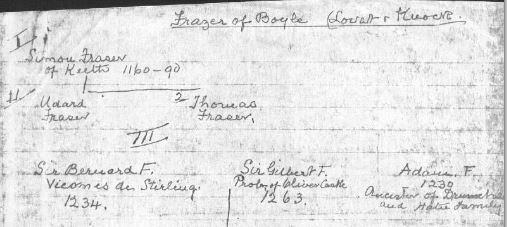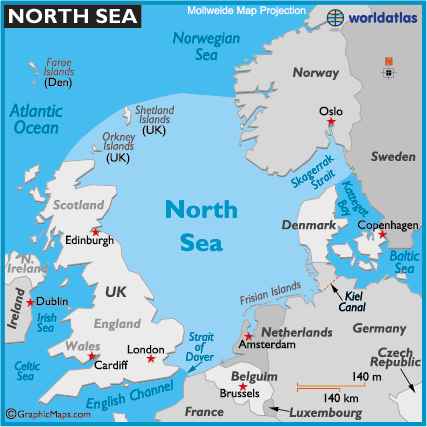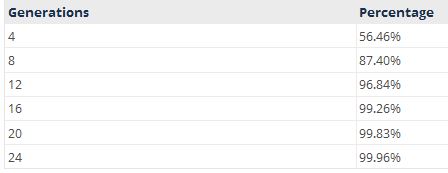In the previous post, I wrote of how our Frazer testers Jonathan and Paul matched in their YDNA. This match, based on STRs, was not perfect but was a genetic distance of 3 at a level of STR testing of 37 markers. Perhaps more importantly, Jonathan and Paul both had a DYS388 Marker value of 10. This places them solidly in SNP group called L664. Here is the nice R1a Chart I had shown in Part 2 of the Frazer YDNA series from the R1a Project Page.
The L664 SNP group is on the left side of the Chart in a medium blue color. This gets us to about 3,000 b.c. Now according to the L664 Administrator:
The groups that Martin mentions above (i.e. 2.A, 2.C, 2.D) appear to be different L664 groups that the administrator has put Y Testers into based on the combination of STR values. Lastly, he recommends the Big Y test. This is the ultimate dream test to find out where you are on the Y Tree. This would further Frazer DNA research and help many others who are in this area of L664. However, at over $400, only the hard core YDNA researchers will likely pay for that test.
Are Our Frazers from County Mayo or Arberdeenshire?
Even though we crossed out the S3477 above, Martin had a subsequent theory in a follow-up email. His theory is that the Frazers are indeed S3477 and related to the County Mayo Prendergasts. These Prendergasts supposedly were in the County Mayo area of Ireland since the 1200’s along with the Normans. They also are L664 and apparently have some other STR similarities. I sort of doubt Martin’s theory based on our own Frazer traditions. However, Martin says, “You can also order 67 STR-markers and when your DYS617=13, then you also know you belong to this subgroup S3477.” I’m guessing that DYS617 will not be lucky 13 for Jonathan and Paul, but we’ll see. I’m willing to keep an open mind. Both Joanna and I have ordered additional STR testing for Jonathan and Paul. That will tell whether or not we are in subgroup S3477.
The County Mayo, IRE Norman Frazer connection does not have the right ring to me. Would any Frazer descendants vote for that option? I prefer the Aberdeenshire tradition. According to our Aunt Mabel researcher, the Frazers were in Keith in the late 1100’s. Now that’s a ways back. She thinks that not long after this time, they made their way down to Stirling and over to Ayrshire before they traveled to Ireland. Here is a map for some of Jonathan’s YDNA matches:

These are 3 of the 4 matches that show up on Jonathan’s YDNA match map. The other match was Chisholm in North Carolina. Without a European location, that match location is unhelpful and inconclusive. I’m not sure why Paul doesn’t show up on the map. At any rate, I was struck by the number of YDNA matches that Jonathan has in this Northeastern part of Scotland at the 37 STR level. It seems more than coincidental. The marker in the middle is a Grant. The other two do not have their names listed. Note that Keith is in the area to the East of the middle marker. This is the place where Aunt Mabel had our first Frazer.
I’m not thoroughly endorsing the old research, but it is interesting that there can be some parallel conclusions between it and modern DNA testing. Also note that this would be about as early as there would be surnames. According to Scotlandspeople.gov.uk,
Norman influence filtered into Scotland after their invasion of England, and was actively encouraged by Scottish kings. Anglo-Norman nobles acquired grants of land around Scotland and introduced the feudal system of land tenure. For example, Robert The Bruce was a descendant of Robert de Brus who fought with William the Conqueror at the Battle of Hastings. Bissett, Boyle, Colville, Corbett, Gifford, Hay, Kinnear and Fraser are all originally Norman names, which first appeared in Scotland in the 12th century. Menzies and Graham are recognised Anglo-Norman surnames also first seen in Scotland at this time.
Paul’s Other YDNA Matches
There are a few odd things about Paul’s matches. First at the level of testing that he did (37 STRs), he only has 4 matches where Jonathan has 13 matches. My unsupported theory on this is that the James Line as seen in Jonathan has more of the original Frazer STR type and the Archibald Line as seen in Paul’s results branched off or mutated away from the original STR type. Here are Jonathan’s 13 matches at the 37 STR level of testing:
I don’t show it, but Jonathan has:
- One match at GD=1
- Two matches at GD=2
- Five matches at GD=3, and
- Five matches at GD=4
William Frizelle is at the top of both lists. However, Jonathan has a GD of 1 to him, where Paul has a GD of 3. That means that genetically, and without taking into effect the speed of mutation of the individual STRs, Jonathan is more closely related to Frizelle than our Frazer tester Paul. It does not mean that he is actually more closely related. This is due to the fact that DNA can mutate whenever it wants. Apparently it wanted to more between Jonathan and Paul than between Jonathan and Frizelle. Also, there is a phenomenon called back mutation which can confuse the issue. If a line had a specific STR value of say, 10 and it mutated to 11 and then back to 10, there would be 2 mutations, but it wouldn’t be easy to detect and it would look like there was no mutation at all. I’m not saying that is what happened here, or that it is common, but it is possible.
Obviously, Jonathan and Paul match each other. Other than that, Latham and Chisolm are on both lists. In additions, they have a GD of 4 on both lists.
Another interesting thing is that Paul does not show a match at this level with Stuart/Stewart or the many Grants that Jonathan matches.
Matches at the 25 STR Level
FTDNA posts matches at the different levels of YDNA testing. They turn out to have different matches in some cases, due to the specific STRs tested. At the 37 level, above, the cutoff for matches is a GD of 4. At the 25 level, they only allow a GD of 2 or less. Here, the differences between Jonathan’s and Paul’s matches are even greater. Jonathan has 20 matches and Paul has, again, 4. However, Jonathan’s 1st 4 matches match Paul’s 4 matches. At this level, Jonathan has a perfect match with Frizelle, where Paul has a GD of 1 with Frizelle. This tells me that Frizelle must be L664. Remember that a DYS388 Marker value of 10 means one is an L664. DYS388 is the 8th value. A 25 STR test includes the 8th value. A perfect match between Jonathan and Frizelle means that Frizelle must have a DYS388 Marker value of 10.
By the way, I wrote to Frizelle asking if he had a 10 at that marker level. It would be good to hear from him, but even if I don’t we now know he is L664. At this level of matches, Latham drops out (although, he still matches Jonathan). The common match that is replaced does not have a most distant ancestor, but the tester’s last name is listed as Plate.
Way Down to the 12 Marker Level
Here the matches between Jonathan and Paul are even greater than before. Now Jonathan has 2 pages of matches for a total of 38 matches. Paul, again, has only 4 matches. At this level, FTDNA only allows a GD of 1 or less. Here are Paul’s matches at the 12 level:
Some facts and/or observations:
- Paul has no perfect matches at any level. Again, I take this to indicate that Paul’s line has some unusual mutations in the YDNA compared to Jonathan’s YDNA.
- If we hadn’t collaborated in this Project I wouldn’t know the STR values for Jonathan. So we wouldn’t know that Jonathan and Paul were both L664’s
- Jonathan has 10 perfect matches. These all must be L664’s.
- I wonder if testers #2 and #3 (Riley) in Paul’s match list above were testing to the same distant ancestor. It looks that way.
- Tester #2 has a terminal SNP of L664, but we know that already as this person is a perfect match with Jonathan who is has the STR of 10 at DYS388.
- Even at a level of 12 markers, Paul has a GD of greater than 1 with Frizelle.
- Although the 12 marker and 25 marker results are interesting, the highest level of testing is most accurate and important.
Next up: I believe we have some more Frazer autosomal DNA results.




















